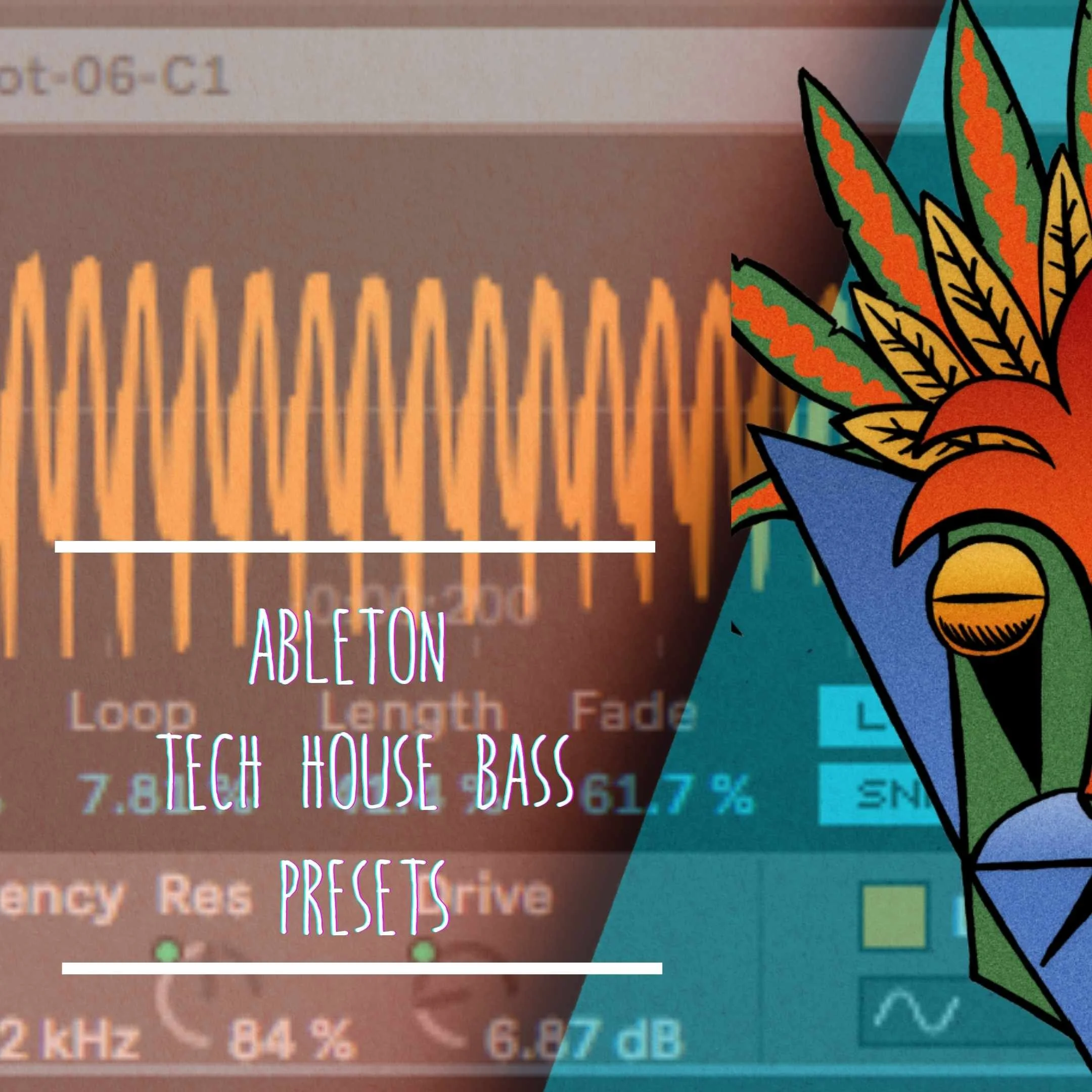Mastering Tech House Basslines with Serum's FM Synthesis
Unlocking the Secrets of Tech House Production: An Essential Toolkit
The world of Tech House music production is vibrant, diverse, and filled with sonic possibilities. One of the key elements that make this genre so distinctive is its use of rich, chunky basslines. In this blog post, we delve into a powerful tool for crafting these basslines: Serum's Frequency Modulation (FM). Here, we provide an easy-to-follow guide to harness this feature and elevate your Tech House productions.
Chunky Basslines with Serum
As a producer, your choice of sounds and how you manipulate them can make or break your track. When it comes to Tech House, one of the most crucial elements is the bassline. With Serum's FM, adding grit to your bass has never been easier. This not only gives your basslines a unique character but also introduces complex overtones, making your tracks richer and more distinctive.
Loading a Basic Waveform in Oscillator A
The first step in this process is selecting a basic waveform for Oscillator A. This sets the foundation and primary character of your bass sound. A sine wave, known for its pure tone, is an ideal choice for bass sounds. However, if you're after a more aggressive bass tone, a sawtooth waveform with its buzzy character would be a better choice.
Activating Oscillator B with a Complex Waveform
Next, activate Oscillator B and choose a complex waveform. This will act as the modulating source in FM synthesis, introducing a wider range of harmonics. Depending on your selection, you can create anything from the metallic timbres of "Icarus" to the rich overtones of "Monster". The complexity of the waveform in Oscillator B will significantly influence the tonal richness of the FM process.
Engaging FM via Oscillator A's Warp Menu
The real magic happens in Oscillator A's warp menu. By turning up the FM knob here, you allow Oscillator B to modulate the frequency of Oscillator A. This introduces new harmonics and overtones, transforming the basic waveform into a dynamic and evolving sound.
Controlling FM Intensity with Oscillator B's Level
The level of Oscillator B acts as a depth control for the FM process. A lower level results in subtle modulation, creating a softer texture. As you increase the level, the modulation intensifies, leading to a more pronounced and aggressive FM effect. This control allows you to fine-tune the balance between the original sound and the modulated texture, ensuring the right fit for your track.
Experimentation is Key
The beauty of FM synthesis lies in its vast sonic possibilities. By experimenting with different waveforms in both oscillators, you can stumble upon a wide array of textures, from growling basses to bell-like timbres. Adjusting the FM knob and Oscillator B's level can also yield surprising results. Don't be afraid to venture into extreme settings; sometimes, the most unique sounds come from unexpected configurations. Remember, the world of sound design is all about exploration and experimentation.
Conclusion
Thank you for reading these tips. Understanding and applying these principles can significantly enhance your tech house productions. With these skills at your disposal, you will be well-equipped to craft diverse and impactful bass sounds that can truly elevate your work. So, fire up your DAW, load up Serum, and start creating!
.


























